John Rodrigo Dos Passos (1896-1970) was a Portuguese-American novelist, journalist, poet, and playwright.
![Strolling in the American Literature Garden [Part 15] Dạo chơi vườn văn Mỹ [Kỳ 15]](https://cdn.vietnam.vn/wp-content/uploads/2024/07/Dao-choi-vuon-van-My-Ky-15.webp.webp) |
| Writer John Rodrigo Dos Passos. |
Along with Steinbeck, Caldwell, and Hemingway, he was one of the American novelists who was admired by European readers, especially the French public, during and immediately after World War II, although his works were known before the war. The French writer Sartre once considered Dos Passos "the greatest writer" of the 20th century.
Dos Passos was born into a wealthy family. At the age of 16, he entered Harvard University and graduated at the age of 20. After graduation, he went to Europe to study art and architecture. During World War I, he volunteered as a medic in France and Italy, then worked as a correspondent in Spain and the Middle East. During World War II, he worked as a war correspondent.
Dos Passos was politically active on the left. After his experiences in World War I, he became interested in socialism. In 1928, he traveled to the Soviet Union, curious about the country's political and social experiment, although he left with mixed impressions.
His experiences in the Spanish Civil War left him disillusioned with left-wing politics and severing his relationship with fellow writer Ernest Hemingway. He became more conservative in the 1950s.
His mood, like Hemingway and Fitzgerald, was one of sadness and disappointment about the country's reality, the collapse of ideals after World War I, of the "Lost Generation". He harshly criticized American capitalist society for destroying people in pursuit of profit, although he was still passionate about the true and unique values of America. Through specific examples, he wanted to criticize the human order and raise metaphysical questions about the human condition.
During his long career, Dos Passos wrote 42 novels as well as numerous poems, essays and plays, and created more than 400 works of art, including plays, travel books and memoirs.
His first valuable novel, Three Soldiers (1921), exposed the myth of soldiers and denounced the military apparatus. This work brought him fame and integration into the literary stream of the "Lost Generation" of the early 20th century. His two major works, Manhattan Transfer (1925), are a panoramic picture, fully reflecting the life and spirit of the 1920s; and the trilogy of the United States of America (USA, 1938), including: The 42nd Parallel (1930), Nineteen Nineteen (1932) and The Big Money (1936).
This is a trilogy of novels that does not have a common plot but is a collection of many genres including stories, notes, diaries, portrait sketches of famous American figures... reflecting America in the 1920s and 1930s, criticizing capitalism that divided America into an America of capital and an America of the people.
The Manhattan Train uses naturalistic, impressionistic and simultaneous techniques to interweave scenes, dialogues and stories to depict the complex life in New York and Manhattan. The scenes of life in the city are shown through a series of characters from all walks of life: Bud, a farmer who has blood on his hands and cannot return; Ed Thatcher, an accountant and his daughter; the Frenchman Emile, a resourceful man who came to America to make a fortune; the milkman McNiel, who is well-off due to receiving insurance money after an accident, his beautiful wife becomes the lover of his defense lawyer...
The United States of America novel multiplied the techniques, imitating cinema, prose and painting used in Manhattan Train , attracting the attention of writers rather than European readers after World War II.
The trilogy is a monumental portrait of American society from 1900 to 1930, from before World War I to the early years of the Great Depression. The tone is somber, the characters are all opportunists; the heroes are few and far between, radicals who defended human dignity.
The novel has three volumes, each volume has a series of stories named after the characters, the stories overlap, and are interrupted by short articles of three types: current events (headlines of newspaper articles, songs, advertisements... recalling the atmosphere of the time); biographies of some real characters such as politicians, businessmen, artists...; and lenses (impressive notes), highlighting the contradiction between official and real America.
Volume I is The 42nd Parallel . The story takes place before World War I and features five main characters: Mac, a printer who wanders the country, fighting in the far-left movement; J. Moorehouse, a successful journalist who is resourceful and formulaic; his secretary Janey, who has an affair with him; his mistress Eleanor, a refined businesswoman; and Charley, a mechanic turned war hero and pilot.
Volume II, 1919, introduces the years of World War I, adding several new characters to those in Volume I. Much of the action takes place in Europe. A younger brother of Janey's deserts the navy and dies in a brawl on Armistice Eve. Dick, an antiwar protester, drives an ambulance in France and Italy. In Paris, Moorehouse leads the American Red Cross. In America, a young Jewish revolutionary discovers the cruelty of American employers.
Volume III of The Great Finance depicts the corruption of the 1920s through the stock market crash that led to the Great Depression, the personal tragedies and failures of many of the main characters.
Through more than a dozen characters, Dos Passos lets us meet hundreds of Americans and explore all over America. The work evokes the feeling that in the capitalist system, individuals do not have lives but only fate. He wants to create a sense of rebellion against fate.
Source: https://baoquocte.vn/dao-choi-vuon-van-my-ky-15-279292.html



![[Photo] Prime Minister Pham Minh Chinh receives Mr. Jefferey Perlman, CEO of Warburg Pincus Group (USA)](https://vstatic.vietnam.vn/vietnam/resource/IMAGE/2025/4/18/c37781eeb50342f09d8fe6841db2426c)
![[UPDATE] April 30th parade rehearsal on Le Duan street in front of Independence Palace](https://vstatic.vietnam.vn/vietnam/resource/IMAGE/2025/4/18/8f2604c6bc5648d4b918bd6867d08396)



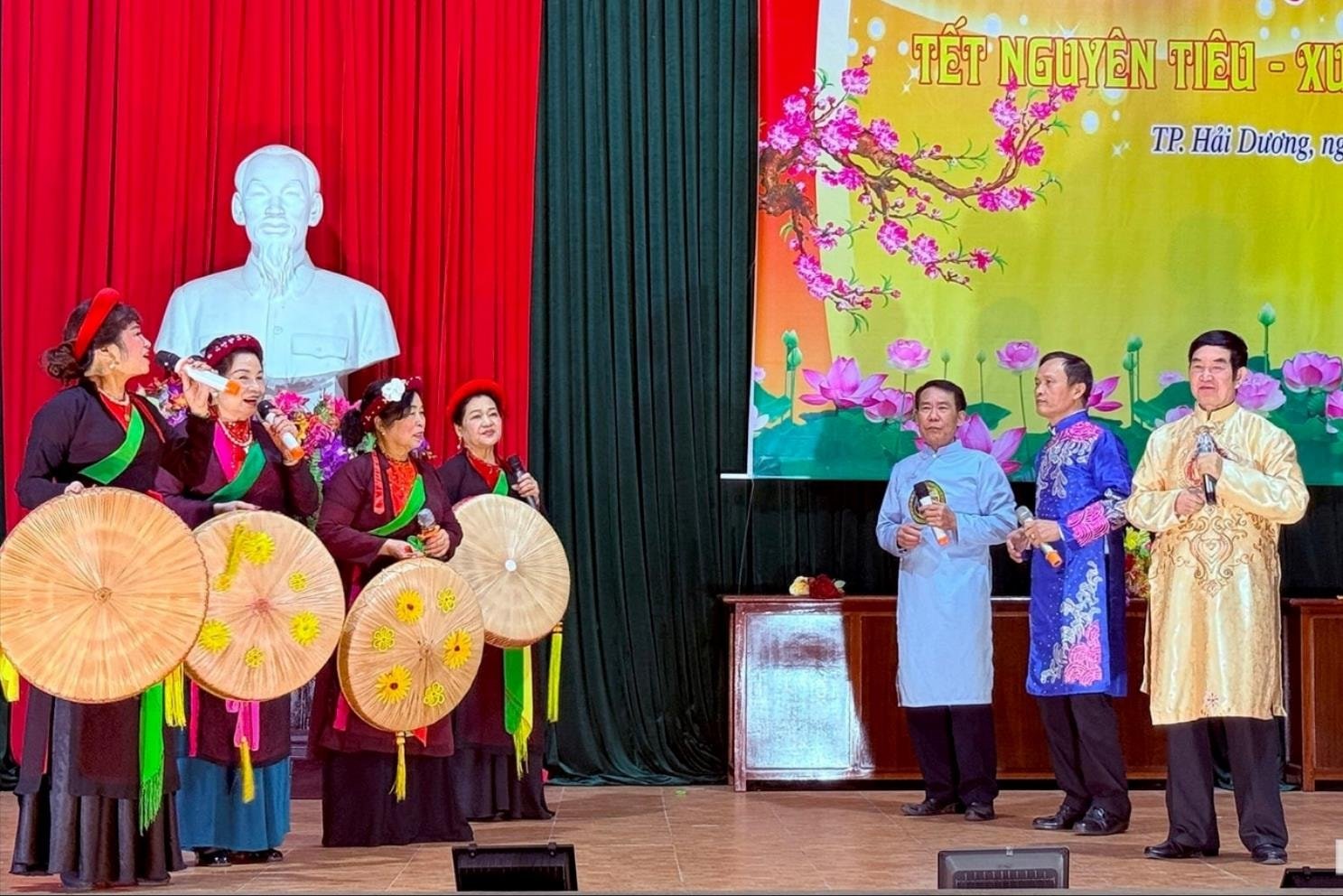

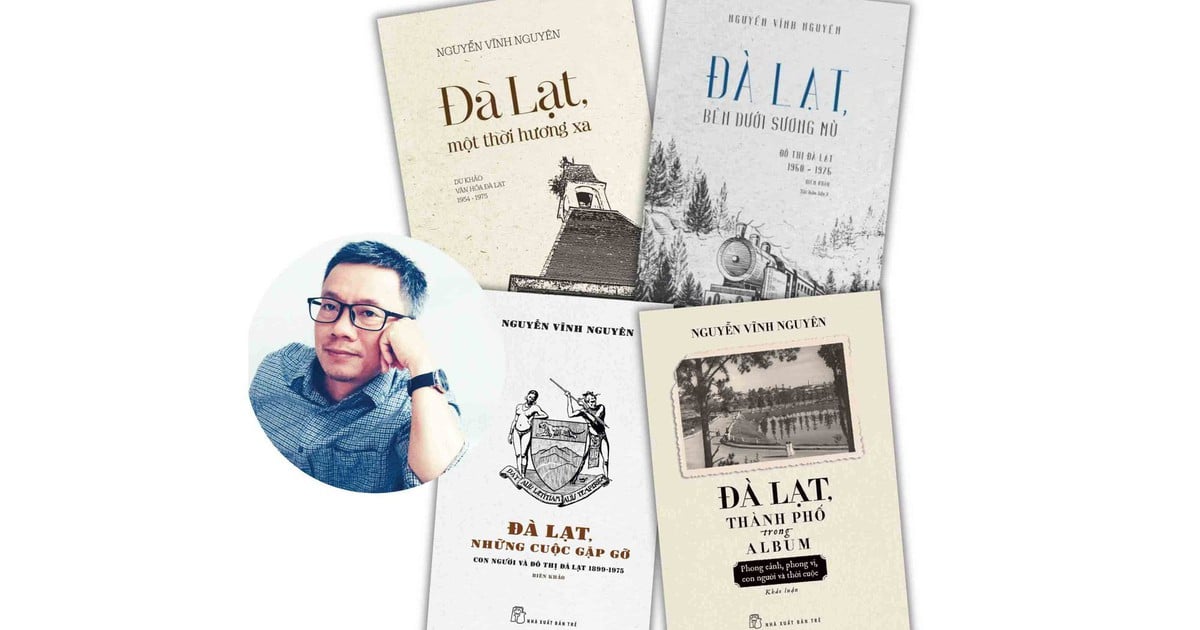

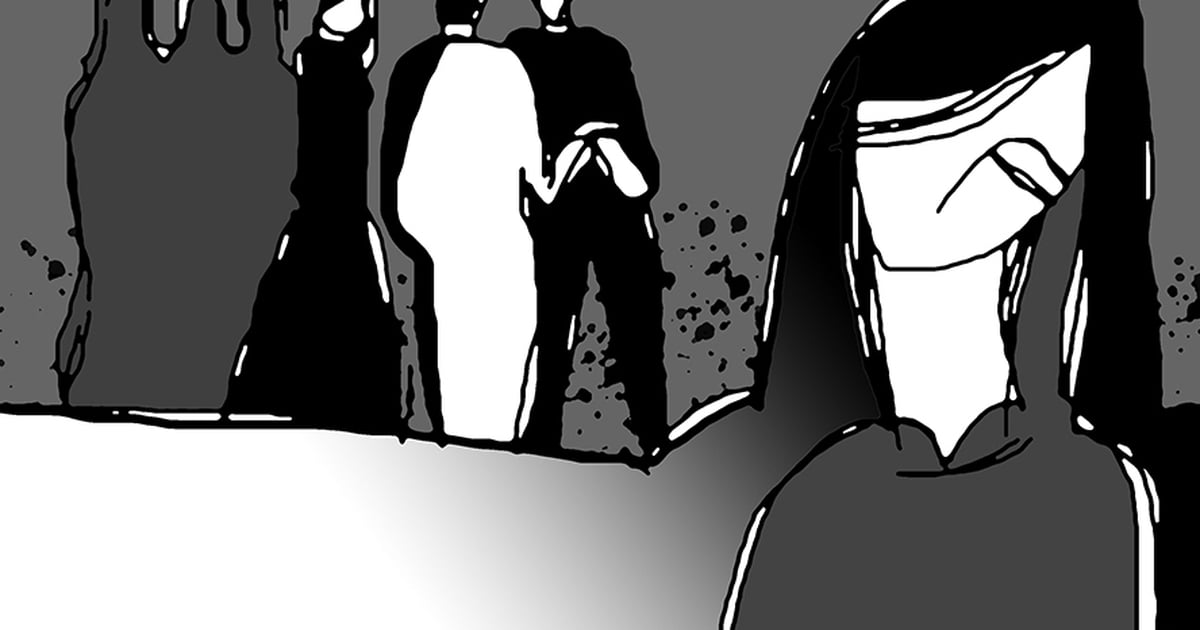
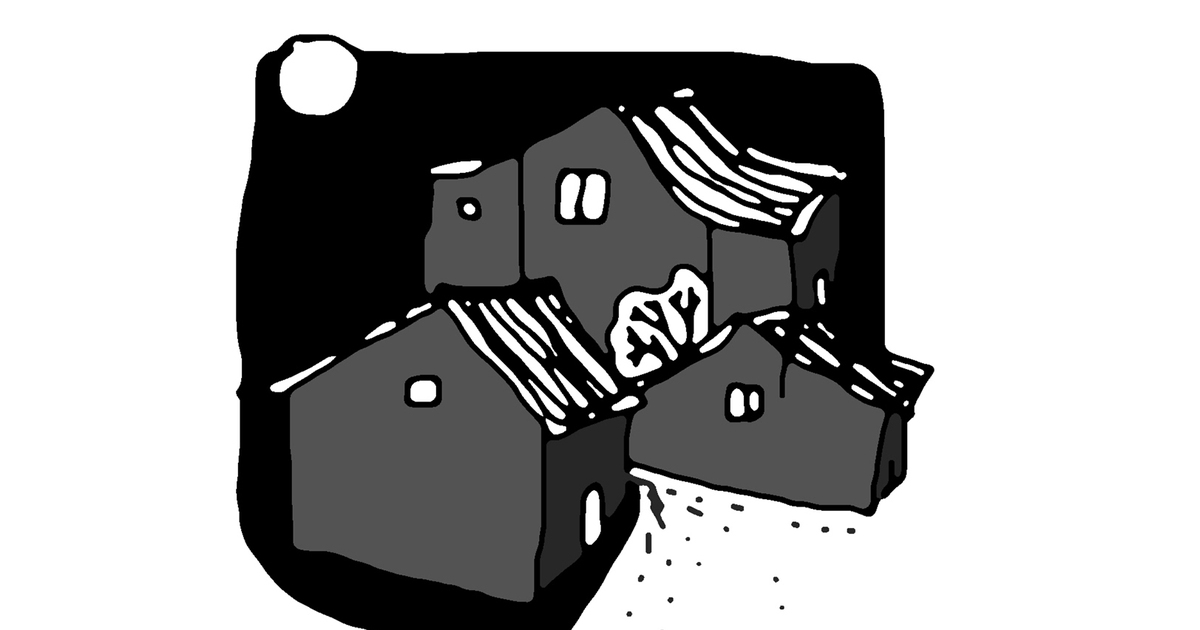


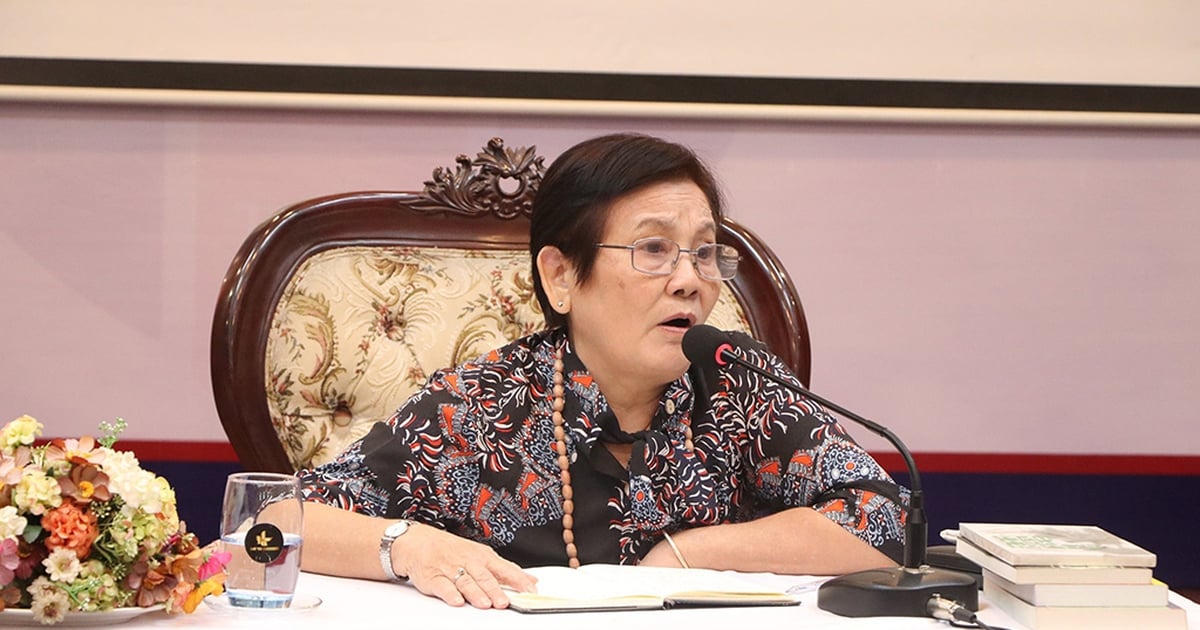
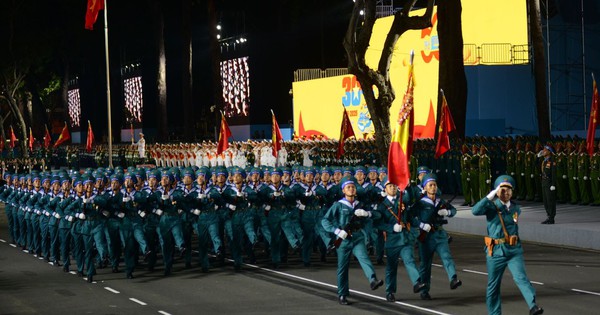

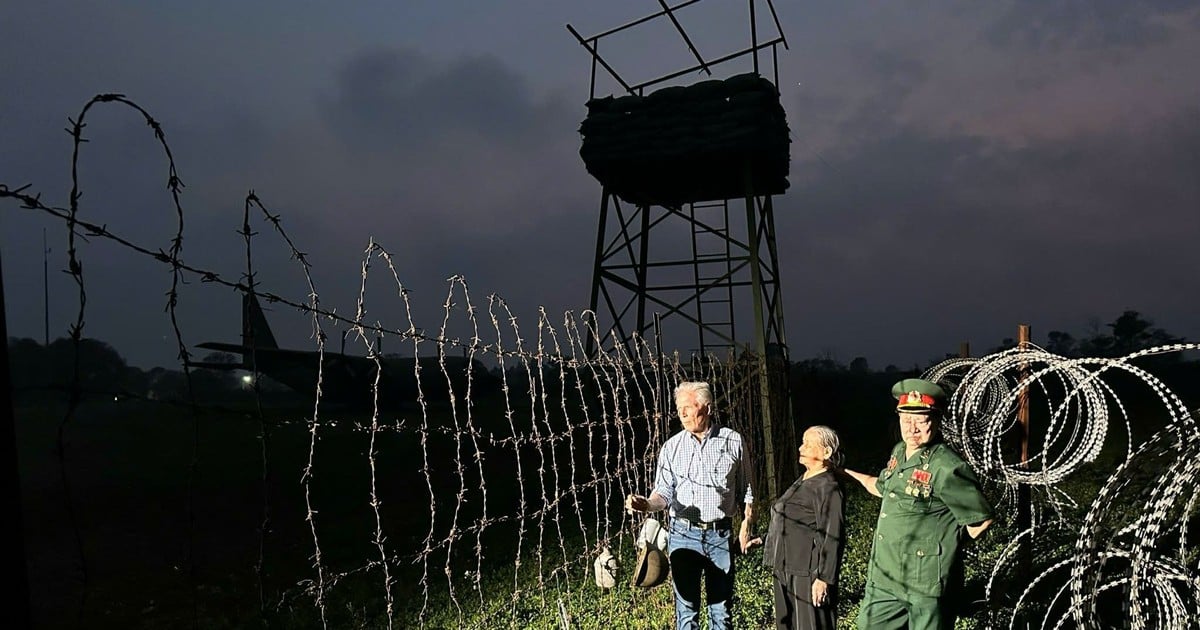

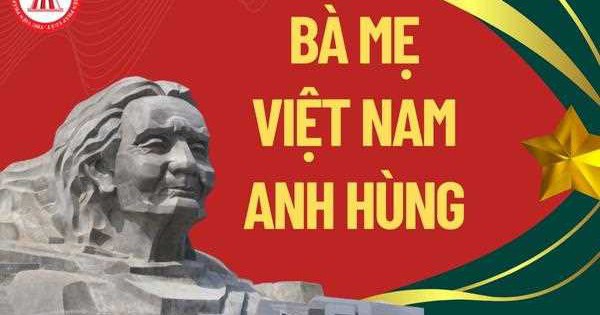







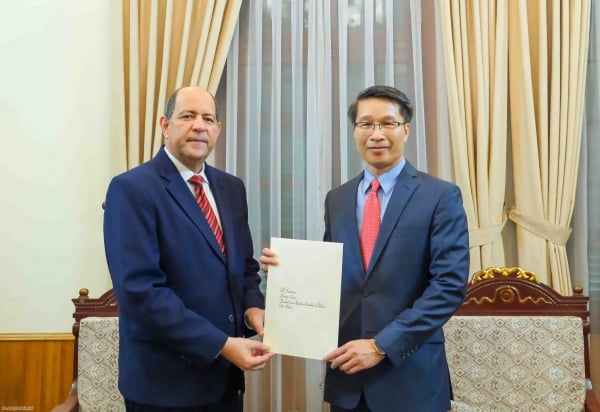




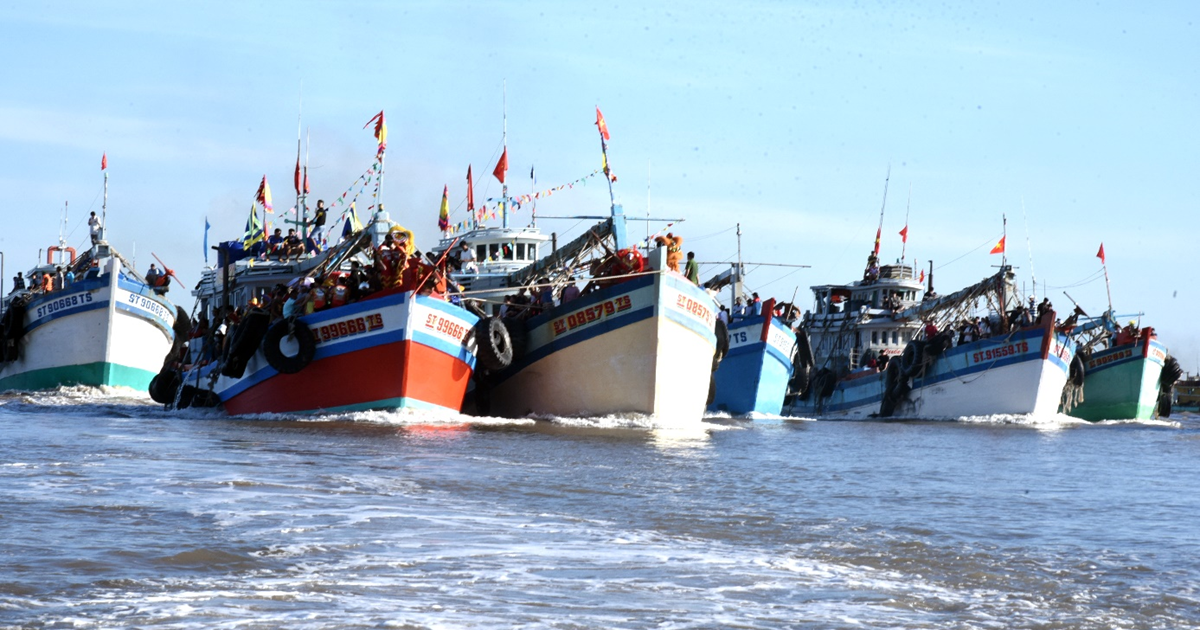


























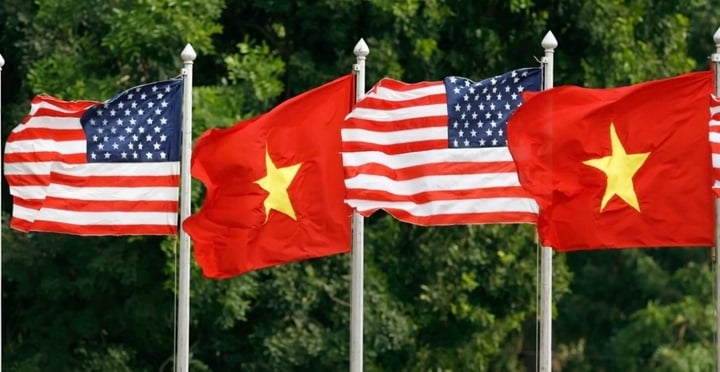












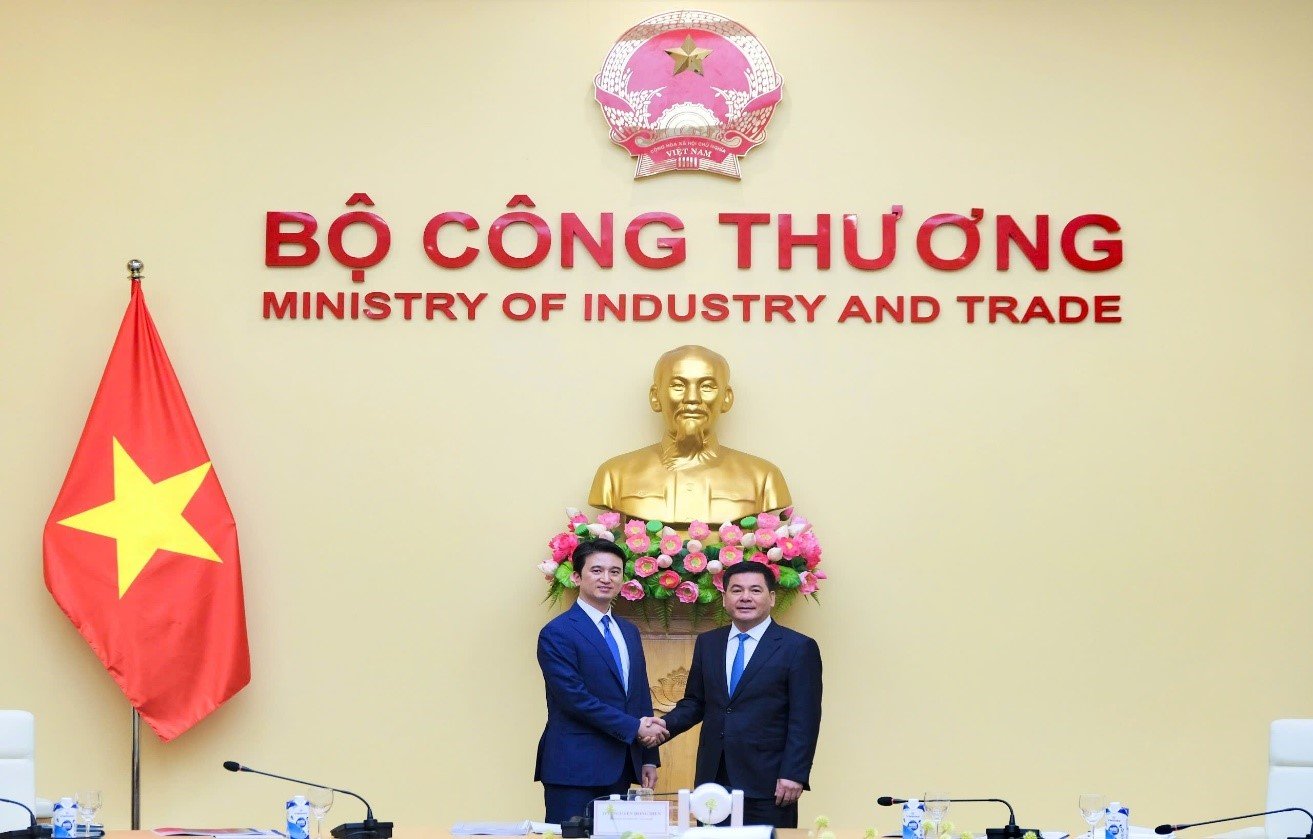


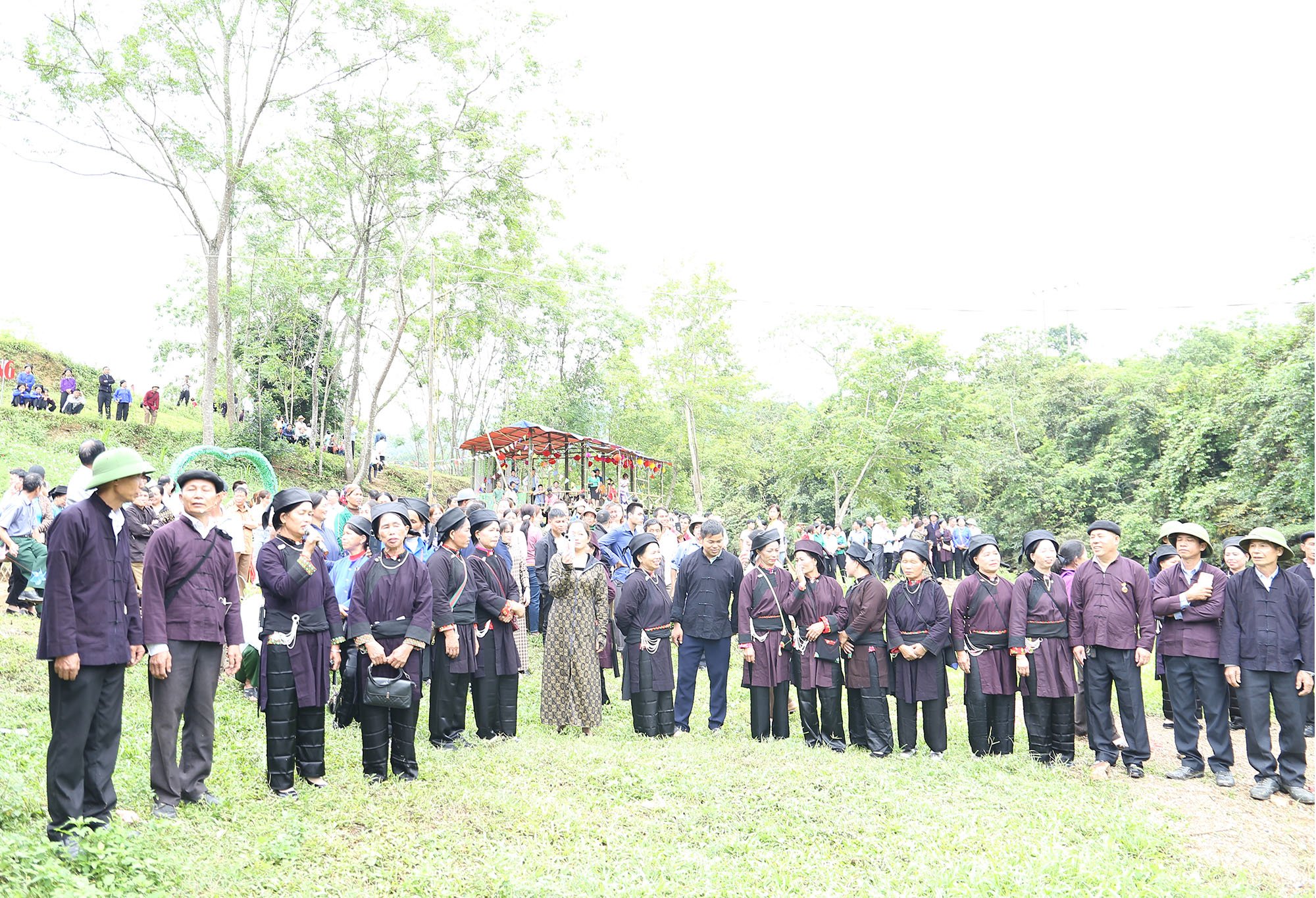
















Comment (0)